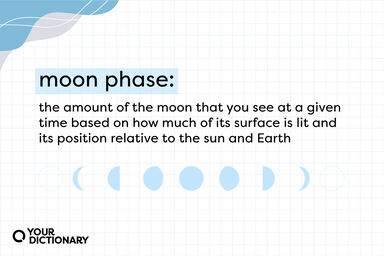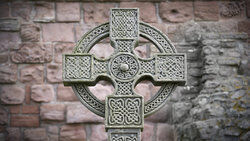Archimedes concluded from his measurements that the sun's diameter was greater than 27' and less than 32'; and even Tycho Brahe was so misled by his measures of the apparent diameters of the sun and moon as to conclude that a total eclipse of the sun was impossible.'
Attracted to astronomy by the solar eclipse of the 12th of May 1706, he obtained permission in 1710 to lodge in the dome of the Luxembourg, procured some instruments, and there observed the total eclipse of the 22nd of May 1724.
In 1862 he received the gold medal of the latter society, and in 1864 a Royal medal from the Royal Society, for his observations on the total eclipse of the sun in 1860, and for his improvements in astronomical photography.
His observations of the protuberances on the sun, made during the total eclipse on the 10th of July 1860, are included in the work of Madler on the eclipse, published in 1861.
Accordingly, in 1867, Smith was appointed assistant in the Assyriology department, and the earliest of his successes was the discovery of two inscriptions, one fixing the date of the total eclipse of the sun in the month Sivan in May 763 B.C., and the other the date of an invasion of Babylonia by the Elamites in 2280 B.C. In 1871 he published Annals of Assur-bani-pal, transliterated and translated, and communicated to the newlyfounded Society of Biblical Archaeology a paper on "The Early History of Babylonia," and an account of his decipherment of the Cypriote inscriptions.





